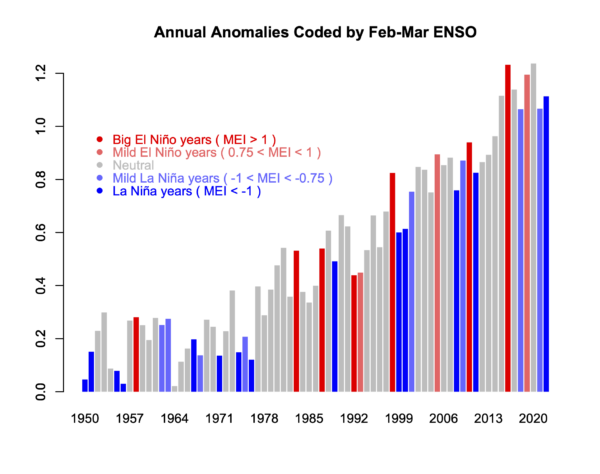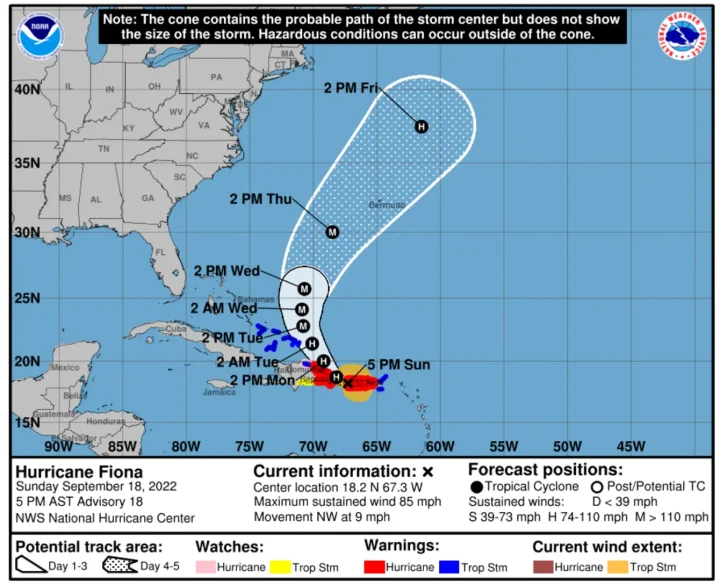by Dr B. Pieser, Apr12, 2023 in ClimateChangeDispatch
In his annual review of the state of the global climate, Professor Ole Humlum finds much of interest to readers, but little to alarm them.
There are some climate trends that support claims of climate concern – but many that do not.
For example, Professor Humlum draws attention to the patterns of ocean warming:
“The top of most oceans shows significant warming, but below the top layer, there is very little. Further down you find warming again.
“This suggests that changes in ocean circulation are just as important as carbon-dioxide-driven warming.”
Similarly, while the surface of the Antarctic and equatorial oceans has warmed in recent years, the Arctic Ocean has cooled at almost all depths.
“There are far more factors to the climate than carbon dioxide”, says Professor Humlum.
The review covers a wide range of temperature measurements in both ocean and atmosphere, alongside reviews of oceanic oscillations, sea level, snow and ice measurements, and storms.






